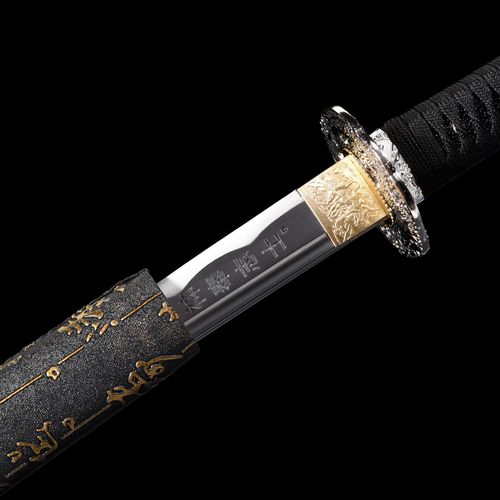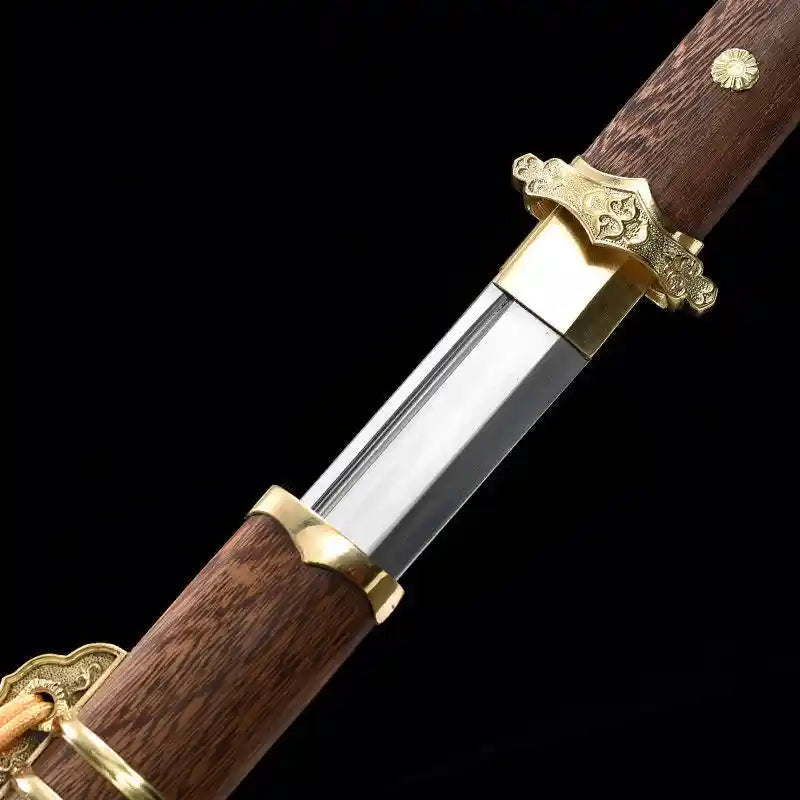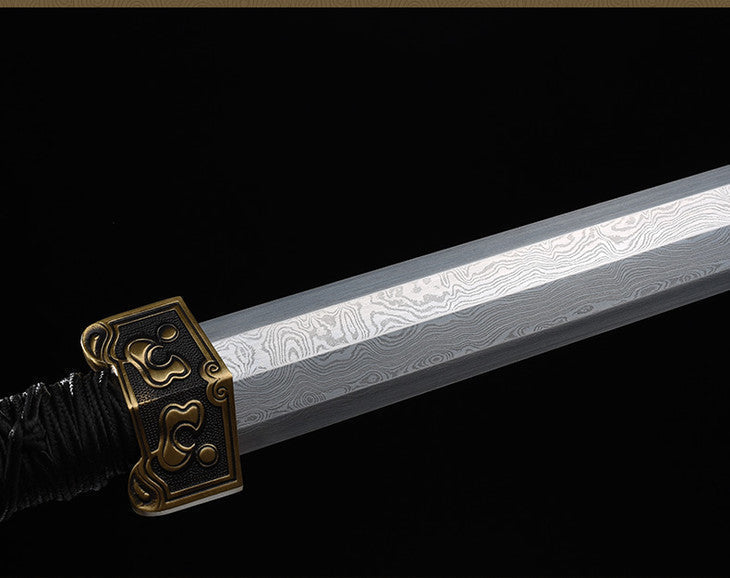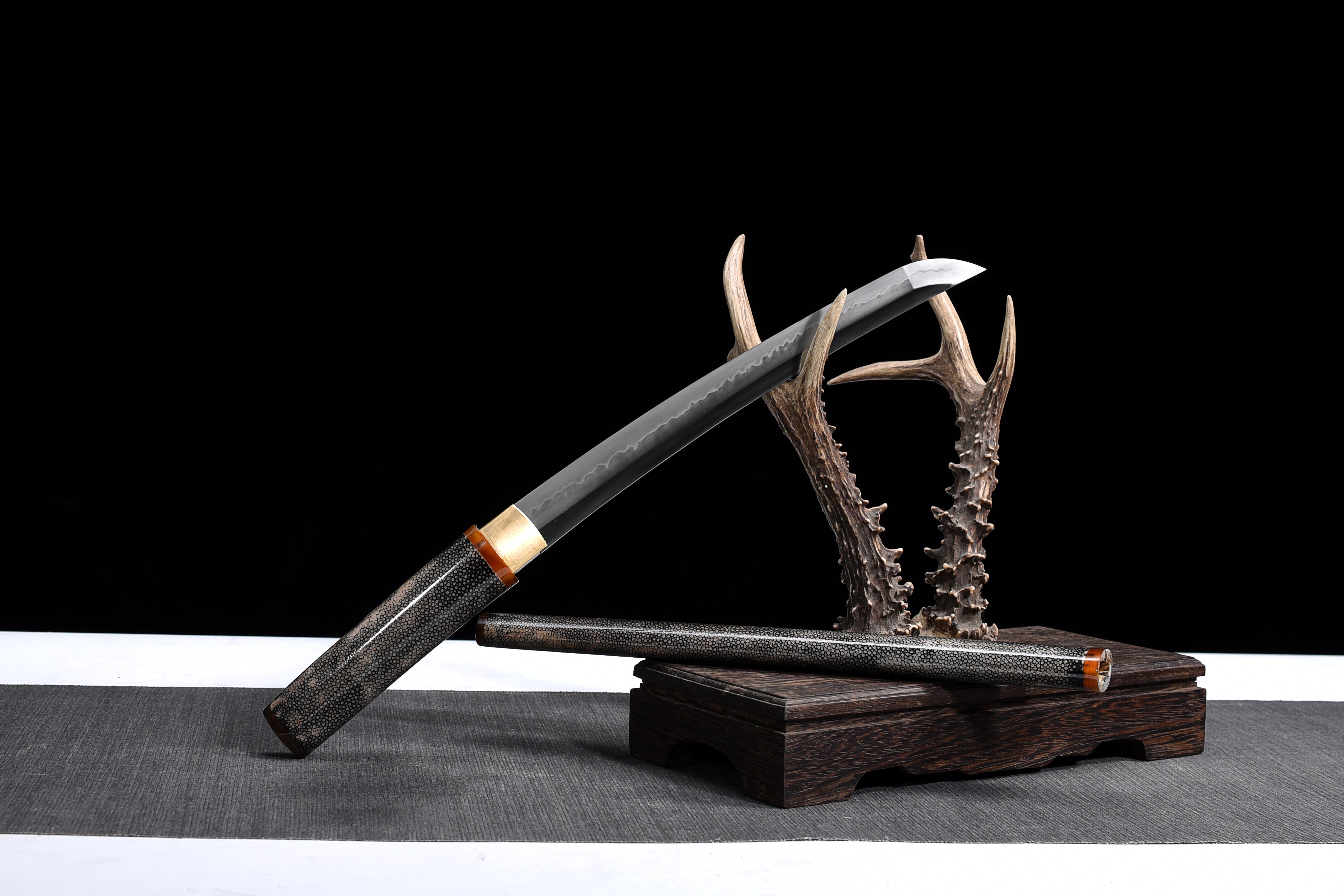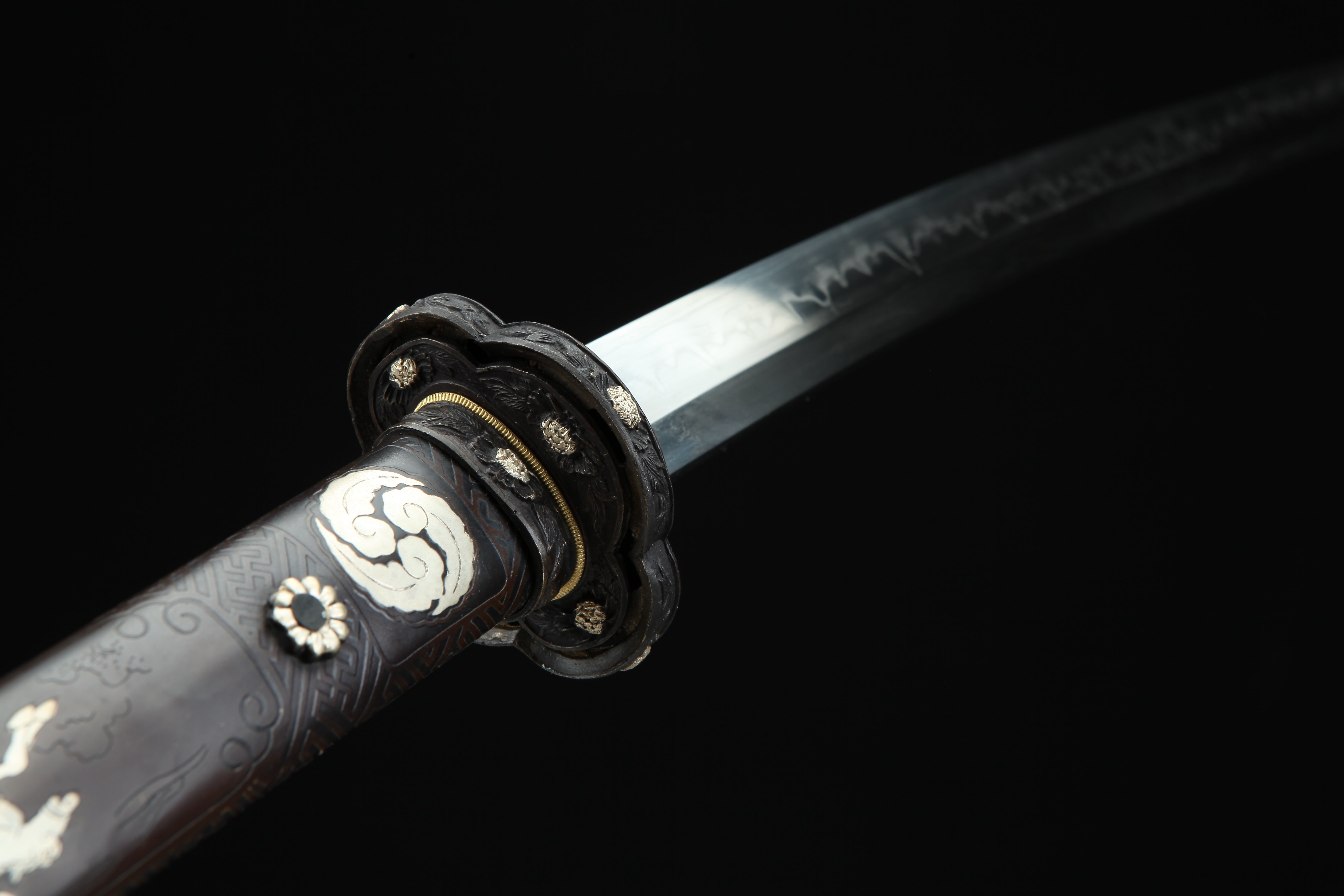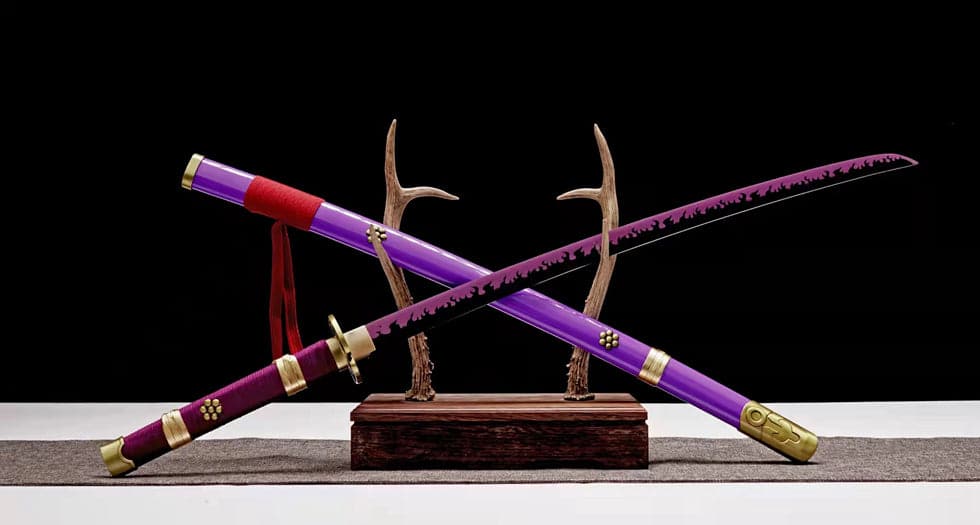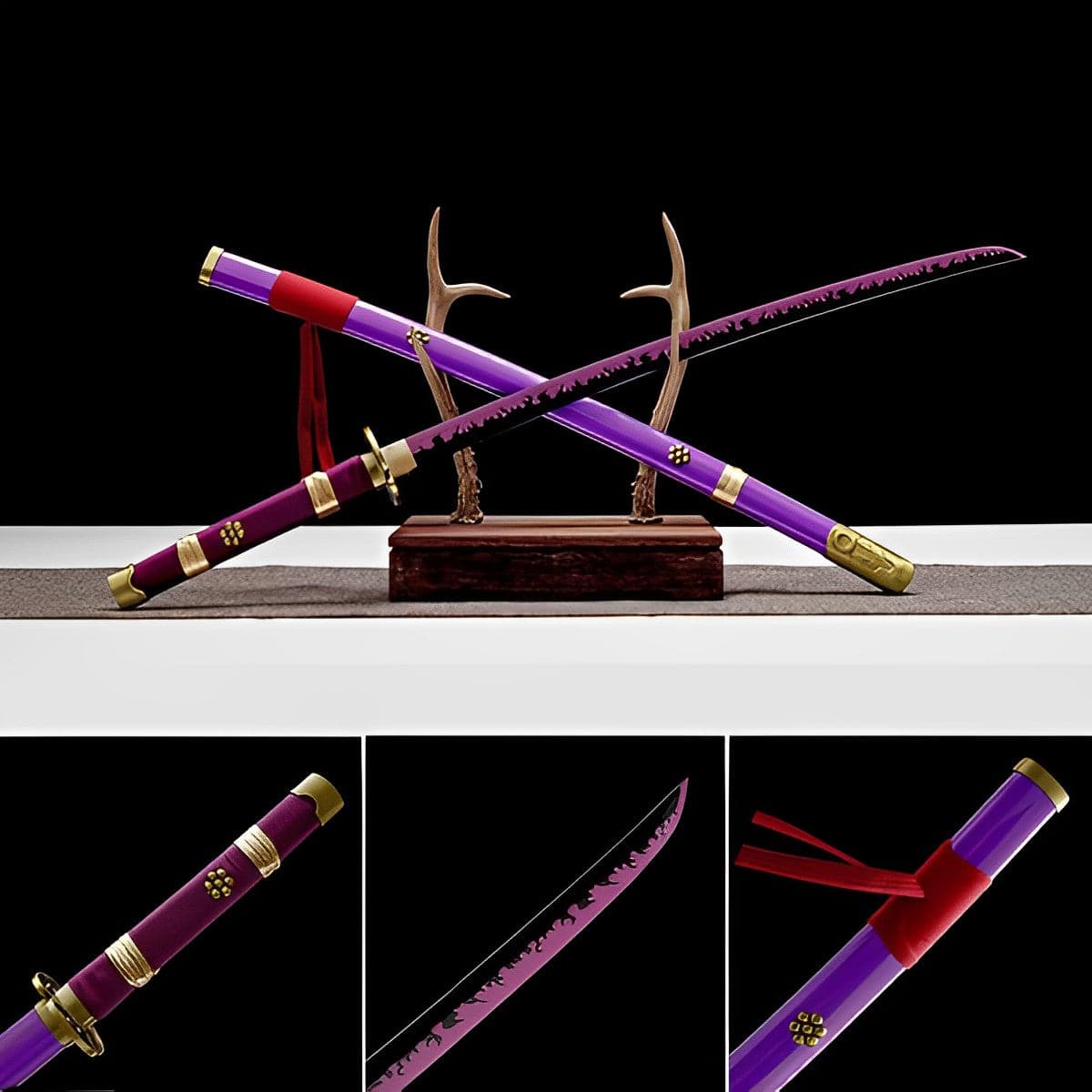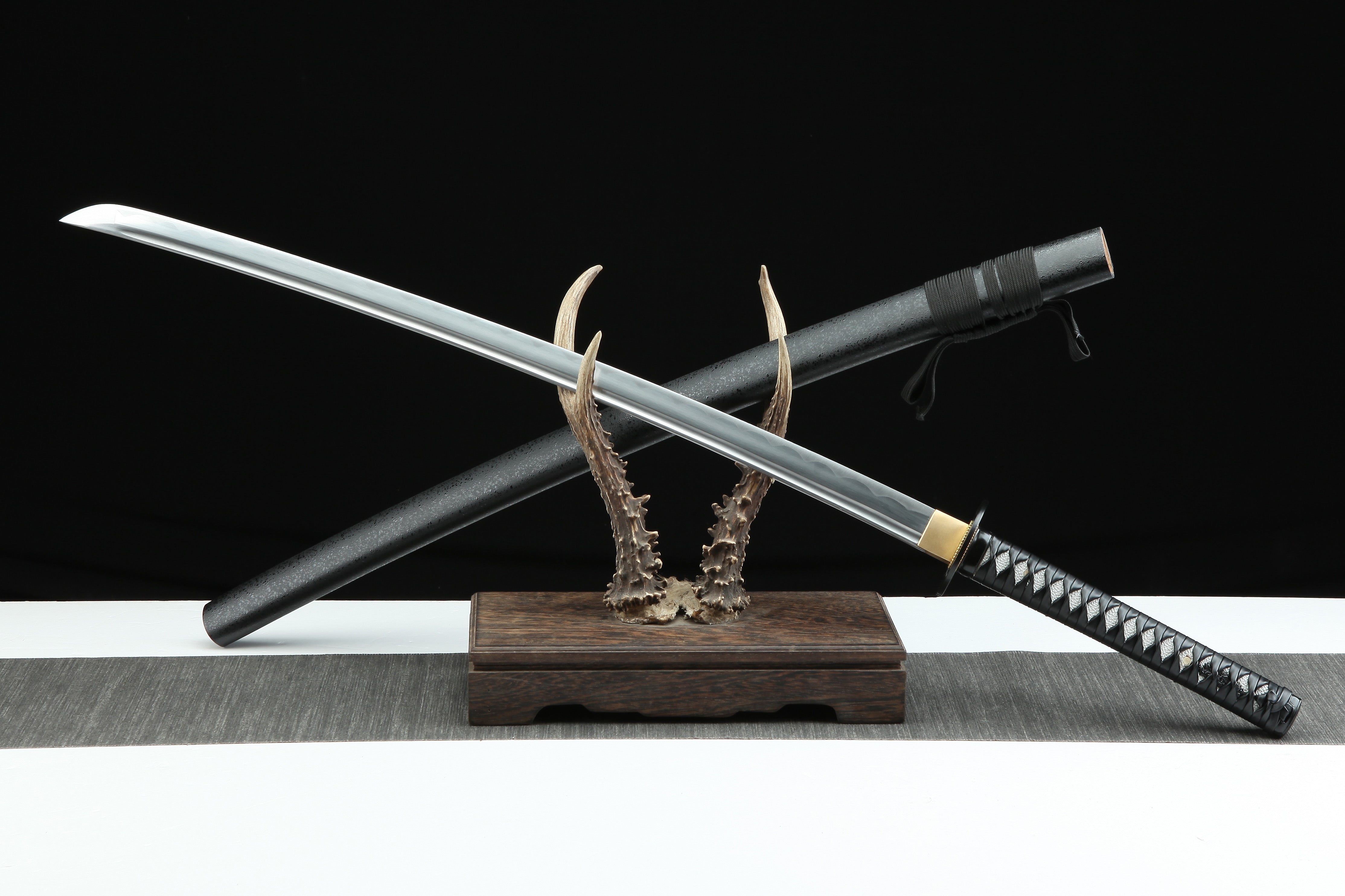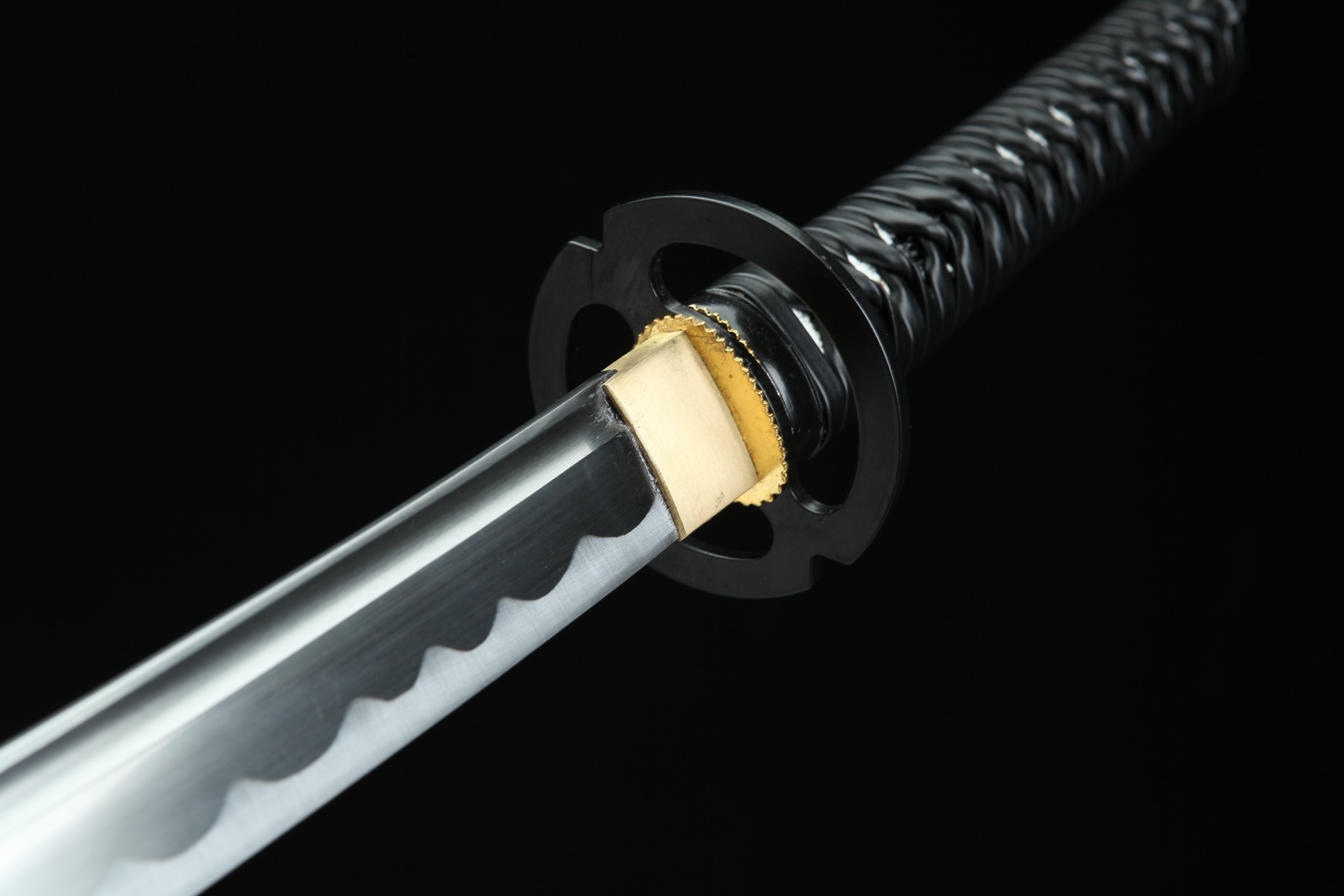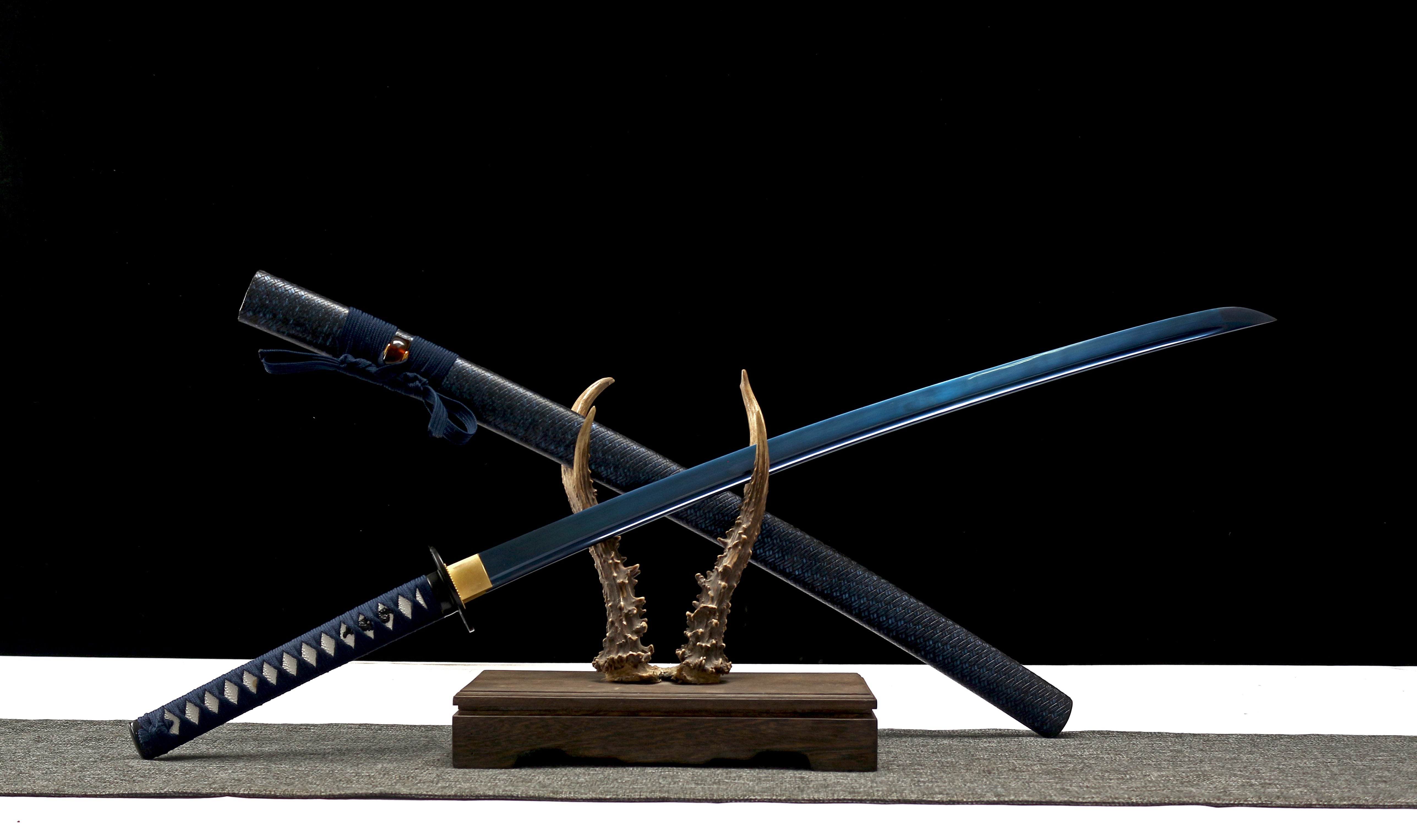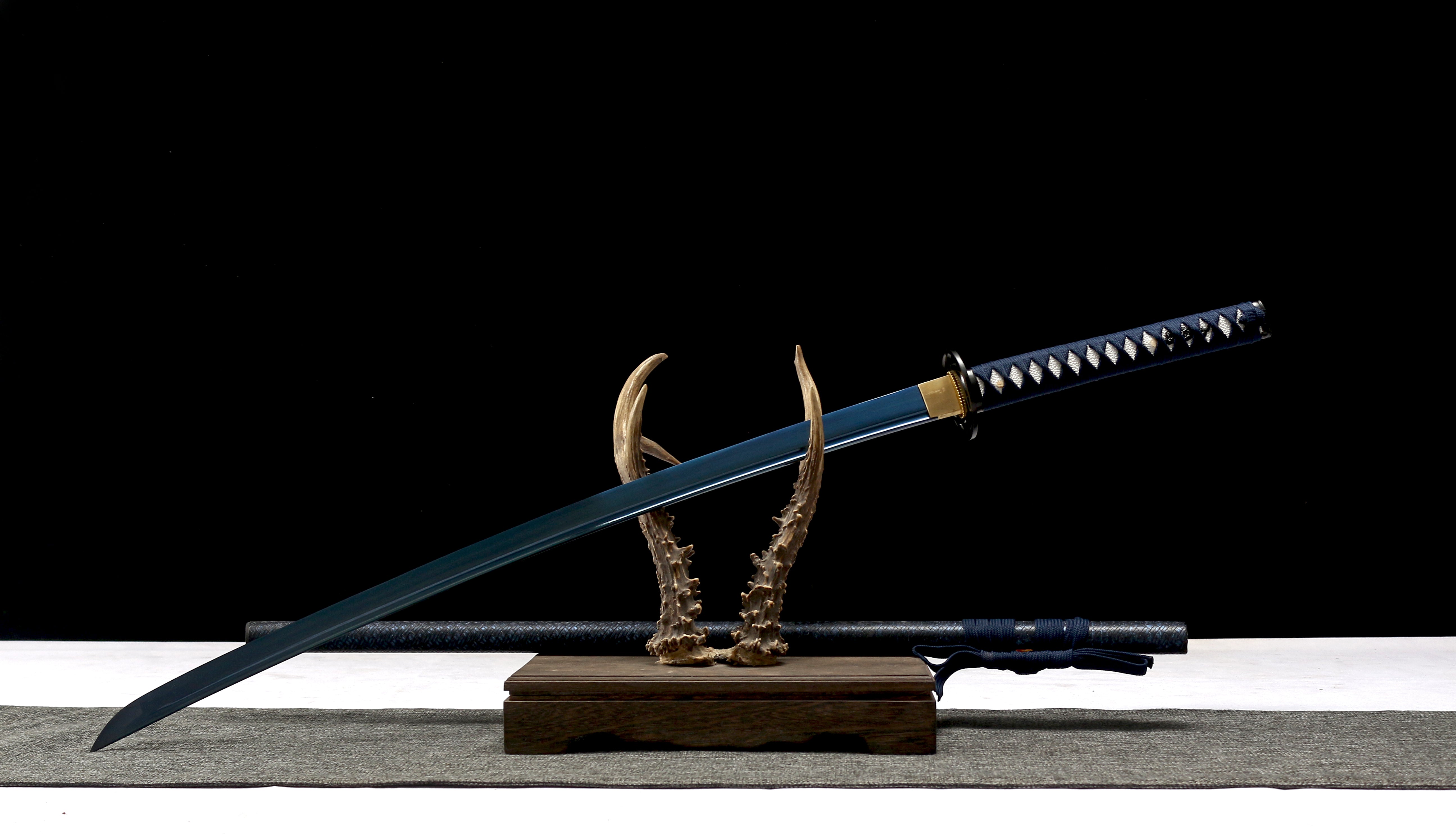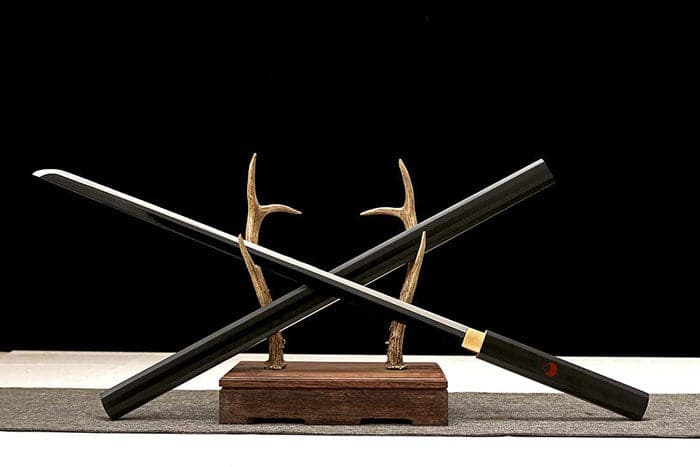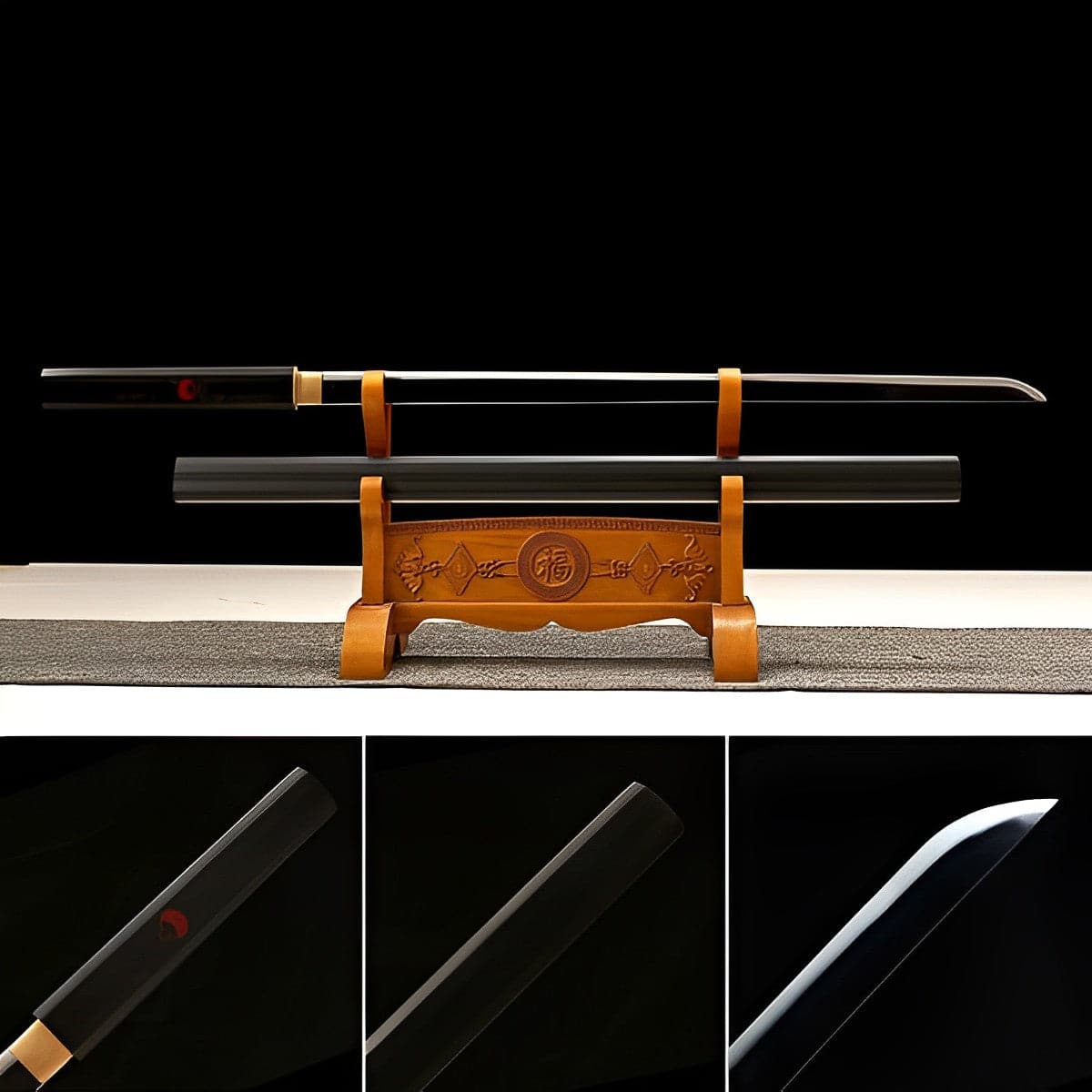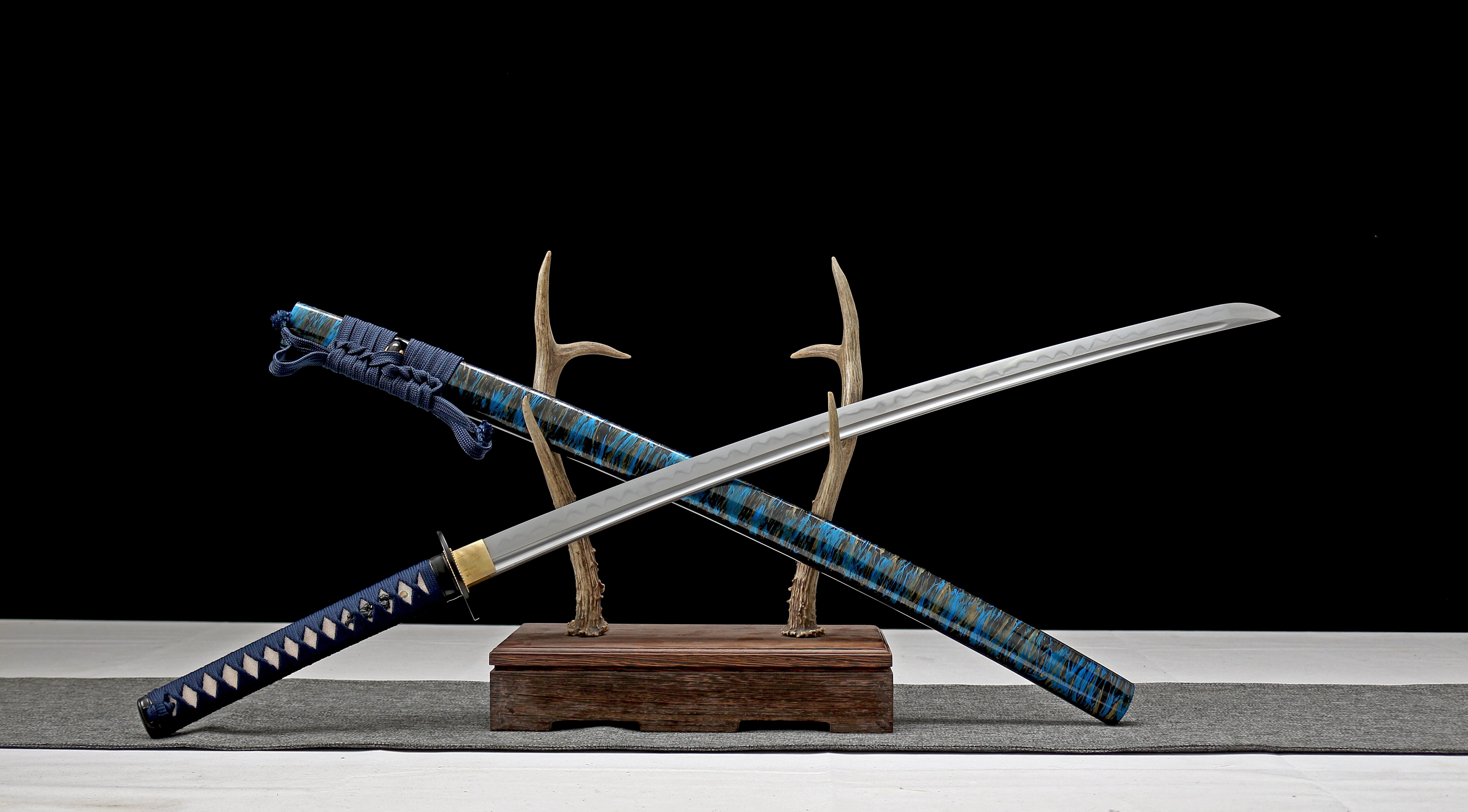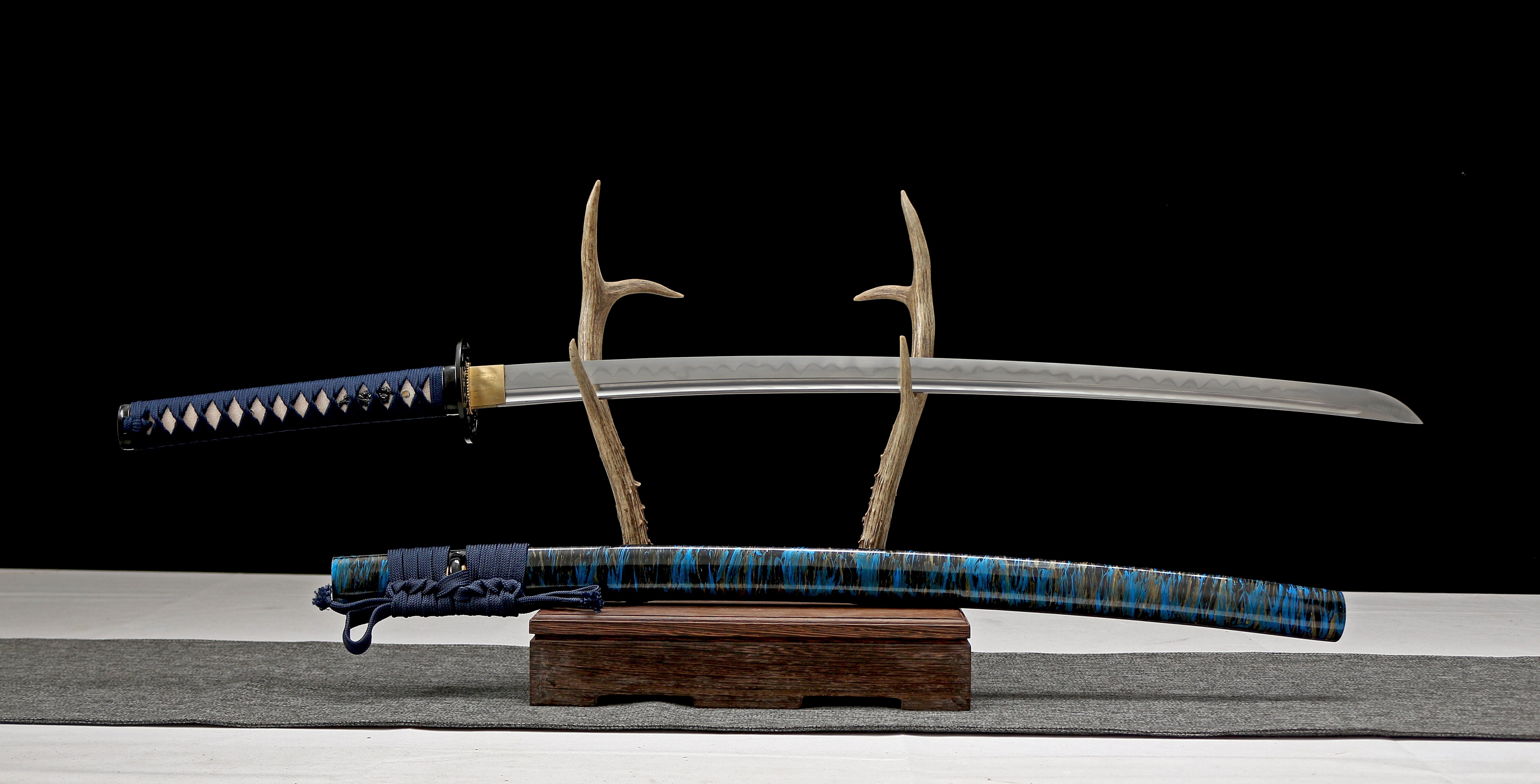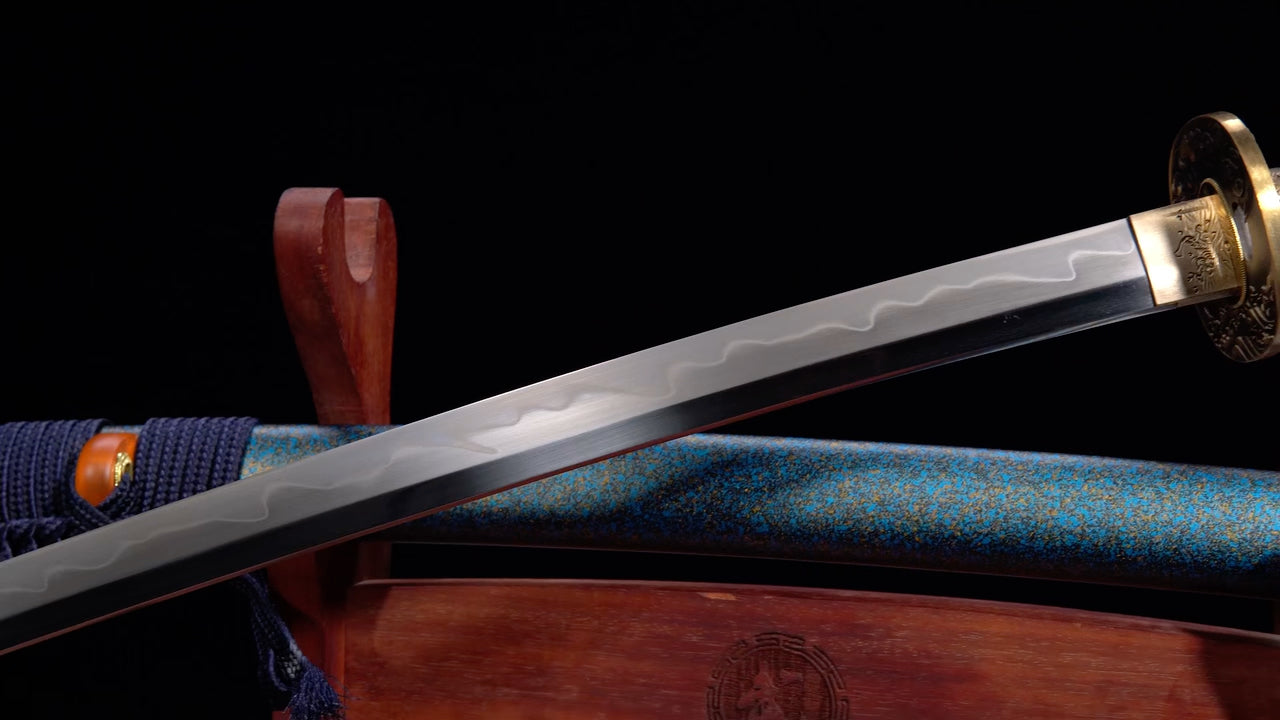
The Ancient Alchemy of Clay Tempering: How Japanese Swordsmiths Forge Living Steel

The Ancient Alchemy of Clay Tempering: How Japanese Swordsmiths Forge Living Steel
Introduction: Where Earth Meets Fire
In the silent predawn hours of a Japanese swordsmith’s workshop, a ritual older than the samurai class itself unfolds. The artisan kneads a secret mixture of clay, ash, and ground stone – preparing to perform tsuchioki (覆土焼き刃), the mystical process Western collectors call "clay tempering." This isn’t merely heat treatment; it’s a controlled rebellion against physics itself, where earth and fire conspire to birth a blade that’s both unbreakable and lethally sharp.
Chapter 1: The Paradox Forged in Clay
Why Clay? The Yin-Yang of Steel
At the heart of every authentic katana lies a beautiful contradiction:
- Hamagane (Soft Core): The spine must absorb shocks like bamboo
- Hagane (Hard Edge): The cutting surface needs diamond-like hardness
Clay tempering solves this paradox through:
- Thermal Insulation: Thick clay on the spine slows cooling (creating softer pearlite steel)
- Rapid Quenching: Thin clay on the edge allows fast cooling (forming superhard martensite)
"The clay pattern is a sword’s first battle – it decides where the blade will yield and where it will bite."
— Yoshindo Yoshihara, Living National TreasureChapter 2: The Alchemist’s Recipe
Secret Mixtures Across Schools
Every smithing tradition guards its clay formula like state secrets:
School Key Ingredients Effect on Hamon Bizen-den Charcoal + sandstone powder Wild, flame-like patterns Soshu-den Iron oxide + crushed pottery Dense "nie" crystal formations Mino-den Rice husk ash + clay Straight "suguha" lines Modern smiths at LOONG BLADE use a proprietary blend incorporating elements from all three traditions.
Chapter 3: The Dance of Fire and Water
The Critical 800°C Moment
When the clay-coated blade glows orange-hot:
- Differential Cooling: Edge cools at ~200°C/sec vs spine’s 50°C/sec
- Crystal Transformation: Martensite crystals form only where bare steel touches water
- Stress Creation: The differing expansion rates curve the blade upward (sori) naturally
Pro Tip: The "sizzle pitch" when quenching reveals quality – a perfect blade sings at 432Hz (the frequency of Zen temple bells).
Chapter 4: Reading the Hamon – Nature’s Fingerprint
Decoding the Patterns
Each hamon tells its own story:
- Choji Midare: Clove-shaped waves (favored by warlords)
- Gunome: Regular undulations (sign of disciplined craftsmanship)
- Tobiyaki: "Leaping flames" (indicates superior clay control)
Fun Fact: During WWII, some smiths hid anti-nationalist messages in microscopic hamon patterns.
Chapter 5: LOONG BLADE’s Modern Interpretation
While honoring tradition, we’ve innovated:
- Laser-Guided Clay Application: Ensures 0.1mm precision in pattern placement
- Cryogenic Post-Quench: Liquid nitrogen treatment enhances crystal structure
- Hamon Authentication: Each blade includes microscopic hamon imaging

